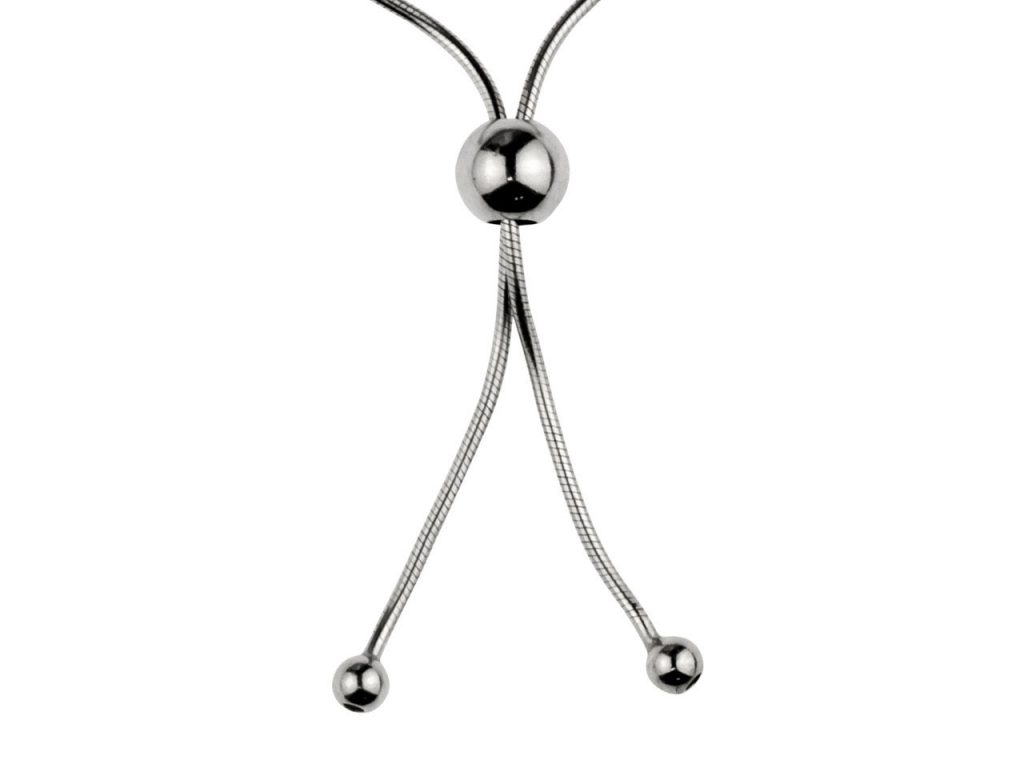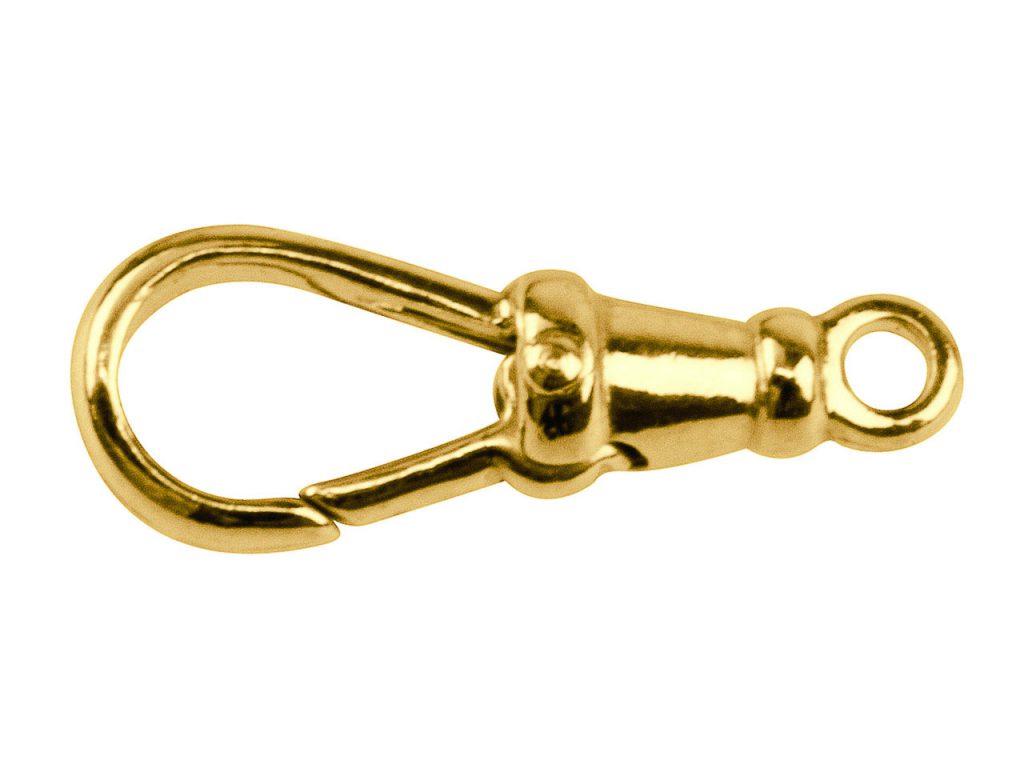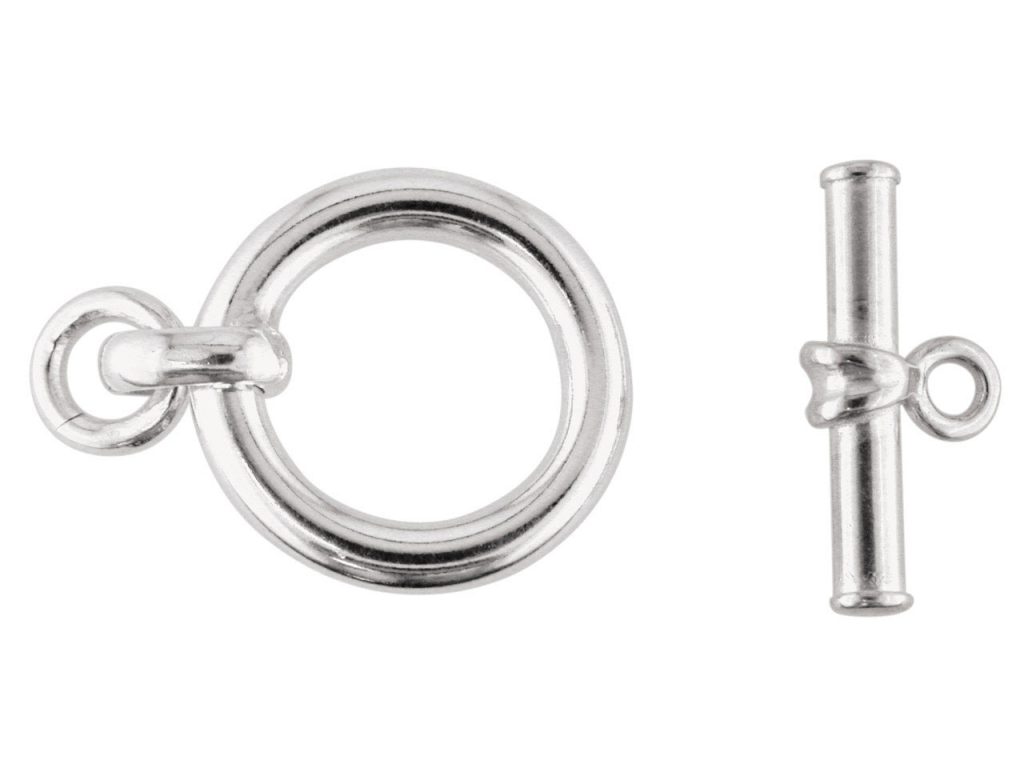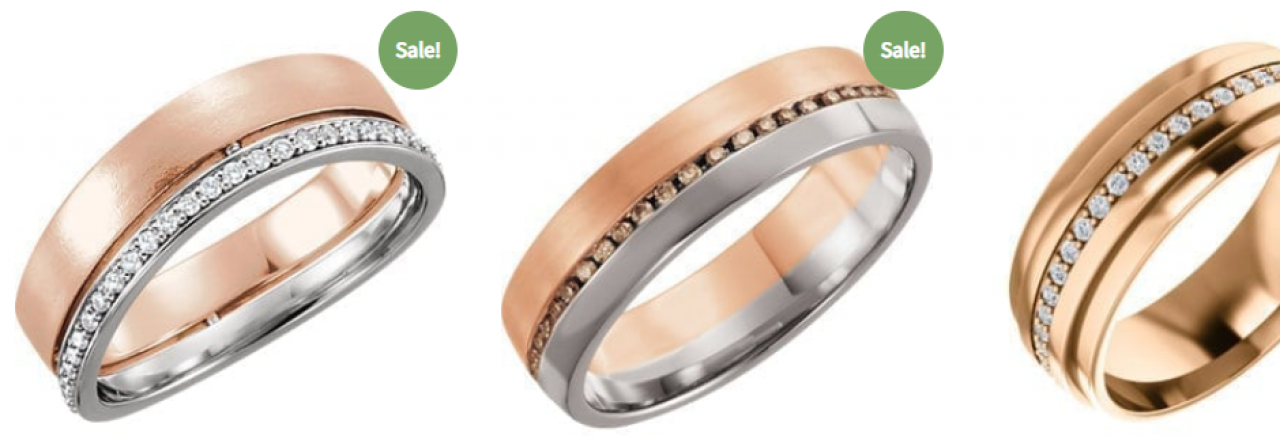Following our guide to the essential types of jewellery clasp, which looked at the pros and cons of basic clasps you might use in handmade jewellery projects, we will now cover some of the more elaborate styles available as well as suggesting how and when is suitable to use them.
There are three main factors to consider when choosing a clasp for your jewellery design; size/weight, price and aesthetics. Clasps all do a similar job so there is always more than one solution to choose from, however certain styles are ultimately more suited to some jobs than others and so this is why we have put together this handy guide to give you a helping hand when it comes to selecting the clasp you need.
Sliding Clasps
Sliding clasps are a relatively new concept in jewellery. They contain a silicone insert with a small hole in the centre, which will grip anything that is pushed through it, thus completing the loop and securing the piece.

These types of clasp are great for casual style beaded bracelets and necklets, and allow the size to be adjusted simply by pushing the slider clasp up or down. They do require a slightly more bulky chain with a substantial end to work well, to enable the silicone to grip it as it is pushed through the clasp. Snake, box or bead chain will all work well, as well as thicker leather or cotton, provided they have nice solid end caps.
Albert Swivel Clasps
Albert swivel clasps tend to be on the larger, side and were named after Prince Albert who was consort to Queen Victoria in 1837 – 1901. They were designed to go on the end of pocket watch chains, to enable the wearer to bring out their watch and look at it without the attached chain getting twisted and tangled.

They are quite unique in their design and are a great choice for functional objects such as key rings or bag charms, where full manoeuvrability is essential. Be careful though, as many ‘swivel clasps’ are sold with a fixed top and don’t actually swivel – so you need to read the details carefully before purchasing. Sizes in our range very between 13mm – 29mm, and are available in sterling silver, 9ct gold and bronze which means there are plenty to choose from.
Hook and Ring Clasps and T-Bar and Ring Clasps
These clasps have been grouped together as they both work in the same way.

Once the hook or t-bar is inserted into the ring, the weight of the necklace or bracelet will pull each finding in opposing directions, thus securing them together. It is a simple mechanism but gravity ensures that it works! The t-bar and ring concept comes in many different designs, and is often quite decorative so can become an integral part of the design of your piece. You just need to ensure that the t-bar itself has a good over-lap of the ring, and that there is enough weight in the body of the bracelet or necklace to ensure a secure connection. Hook and ring clasps are suited to lighter pieces, and are often used for beaded designs where a more delicate fitting is more appropriate. If you are sceptical of these types of designs, don’t be as they work well and are more secure than they look.
Of course there are many more types of jewellery clasp to choose from, including bolt rings, lobster clasps, trigger clasps and magnetic clasps, which you can read about in this blog article. Remember to look out for the next part in our guide to jewellery clasps too, when we take closer look at yet more of the clasp designs available.
Don’t forget, you can also explore our Essential Guide to Jewellery Findings to learn more about different styles of clasp, alongside many other types of essential jewellery findings.
<!–
–>
source https://diamonds-jewelry.net/top-posts/fancy-jewellery-clasps-and-how-to-use-them/
